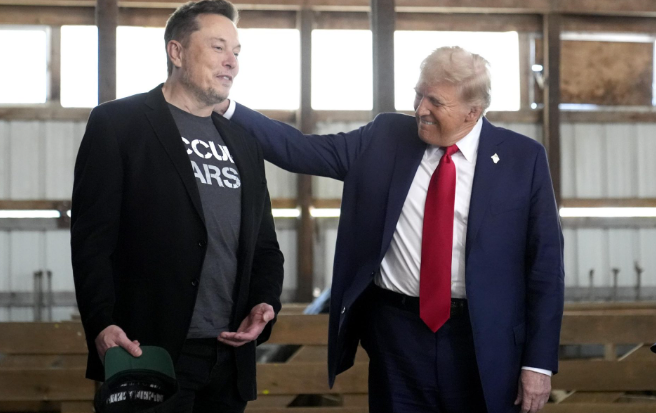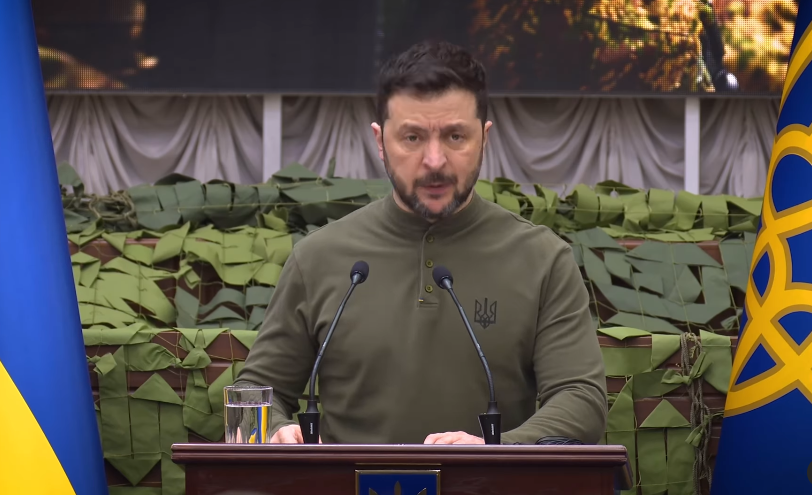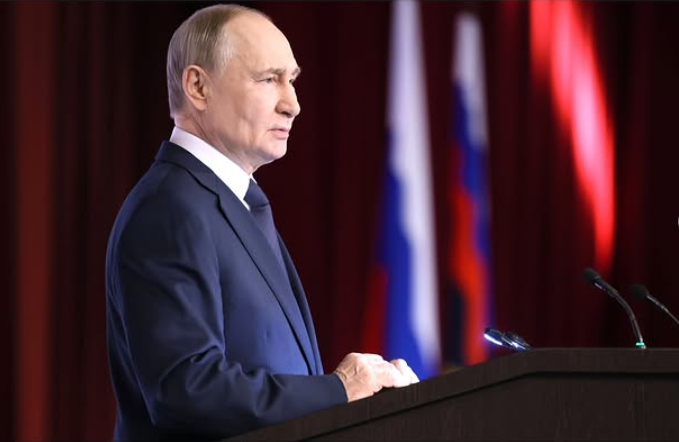[ad_1]
WASHINGTON (Reuters) – Since taking office, U.S. President Donald Trump has shown an affinity, and perhaps even a deference, to the generals he has surrounded himself with in his Cabinet and at the White House, save one exception: the war in Afghanistan.
More than a dozen interviews with current and former U.S. officials familiar with the discussions reveal a president deeply frustrated with the lack of options to win the 16-year-old war, described internally as “an eroding stalemate.”
The debate carries echoes of the same dilemma Barack Obama faced in 2009. Then, as now, odds are that Trump will ultimately send more troops, current and former officials say.
“It’s the least worst option,” one former U.S. official familiar with the discussions said, speaking on condition of anonymity, while acknowledging that with Trump, a pullout cannot be completely ruled out.
Trump’s defense secretary, retired Marine Corps General Jim Mattis, has had the authority for nearly two months to add thousands more troops to the roughly 8,400 there now (down from a peak of more than 100,000 in 2011). Army General John Nicholson, commander of U.S. forces in Afghanistan, requested the troops back in February.
But officials say Mattis won’t use his authority until he has buy-in from Trump for a strategic vision for America’s longest war. Beyond more troops for Afghanistan, the strategy would aim to address militant safe havens across the border in Pakistan.
That too has become a divisive issue, with several members of Trump’s inner circle split on how hard to press Islamabad.
Sources say that the discussions – which included a high-level White House meeting on Thursday – could drag out for the rest of the summer, blowing past a mid-July deadline to present a war strategy to an increasingly impatient Congress.
After Thursday’s meeting, chaired by Vice President Mike Pence, people familiar with the deliberations told Reuters that a final decision did not appear imminent.
Pentagon officials have declined to comment on internal deliberations. The White House has also declined to comment ahead of a decision on the strategy.
Commander Under Scrutiny
While U.S.-backed fighters are rolling back Islamic State in Iraq and Syria, the same cannot be said of the fight against the Taliban insurgency in Afghanistan.
U.S. intelligence agencies have assessed that the conditions in Afghanistan will almost certainly deteriorate through next year, even with a modest increase in military assistance from America and its allies.
During a July 19 meeting in the White House Situation Room, Trump said Mattis and Marine General Joseph Dunford, the chairman of the Joint Chiefs of Staff, might want to consider firing Nicholson, who was picked by Obama in 2016 to lead the war effort and has earned the respect of Afghan leaders.
“We aren’t winning,” Trump told them, according to accounts of the conversation.
But current and former officials say the frustration had been mounting for months.
At least as far back as February, one former U.S. official said the internal deliberations about Afghanistan were not aimed at creating a broad set of options for Trump.
Shortly before McMaster was due to present his plan to Trump for approval ahead of the May NATO summit, Secretary of State Rex Tillerson declined to endorse it, saying Trump was not being presented with options, the former official and another current official said.
“The lack of options meant that the only recommendation that was originally to be put forward to the president was essentially the status quo,” the former official said, discounting the troop increase as any serious shift in strategy.
But in the months since, the possibility of a full pull-out has been repeatedly presented and refined along with a true “status-quo” option in which no new troops are sent to Afghanistan, but none are pulled out either.
Still, U.S. defense leaders are not believed to be favoring those options.
David Sedney, a former Pentagon policy advisor under the Obama administration, said failure to prioritize Afghanistan could replicate the mistakes by previous U.S. presidents.
“We’ve been ambivalent about Afghanistan for the last 17 years and when you have an ambivalent policy, it fails,” said Sedney, now at the Center for Strategic and International Studies think-tank in Washington.
McMaster, Mattis, Tillerson, Dunford, Nicholson and some U.S. intelligence officials argue that refusing to commit more U.S. forces to train, equip and in some cases support the Afghan security forces would eventually result in the Taliban retaking most of the country from the U.S.-backed government in Kabul.
Trump’s concerns about Afghanistan are shared by some senior officials close to the president, including chief strategist Steve Bannon, who, officials say, is skeptical about the need for an increase in troops in Afghanistan.
Pakistan Also Divides Team
Divisions have also emerged within Trump’s administration on how much to pressure Pakistan, and how quickly, in order to address militant safe havens blamed for helping prolong Afghanistan’s war.
Nicholson, McMaster and Lisa Curtis, senior director for South and Central Asia at the National Security Council, favor taking a strong hand with Pakistan to deal with Taliban militants using that country as a base from which to plot attacks in Afghanistan, current and former officials say.
On the other side are State Department officials and others at the Pentagon, including Dunford, who take a broader view of Pakistan’s strategic importance and are less convinced that harsh actions will secure more cooperation from Islamabad, they said.
Pakistan fiercely denies allowing any militant safe havens on its territory.
The Trump administration is exploring a new approach toward Pakistan, Reuters has reported. Potential responses under discussion include expanding U.S. drone strikes, redirecting aid to Pakistan and perhaps eventually downgrading Pakistan’s status as a major non-NATO ally.
Additional reporting by Steve Holland, John Walcott, Jonathan Landay; Editing by Yara Bayoumy and Mary Milliken
[ad_2]
Source link






Leave a Reply